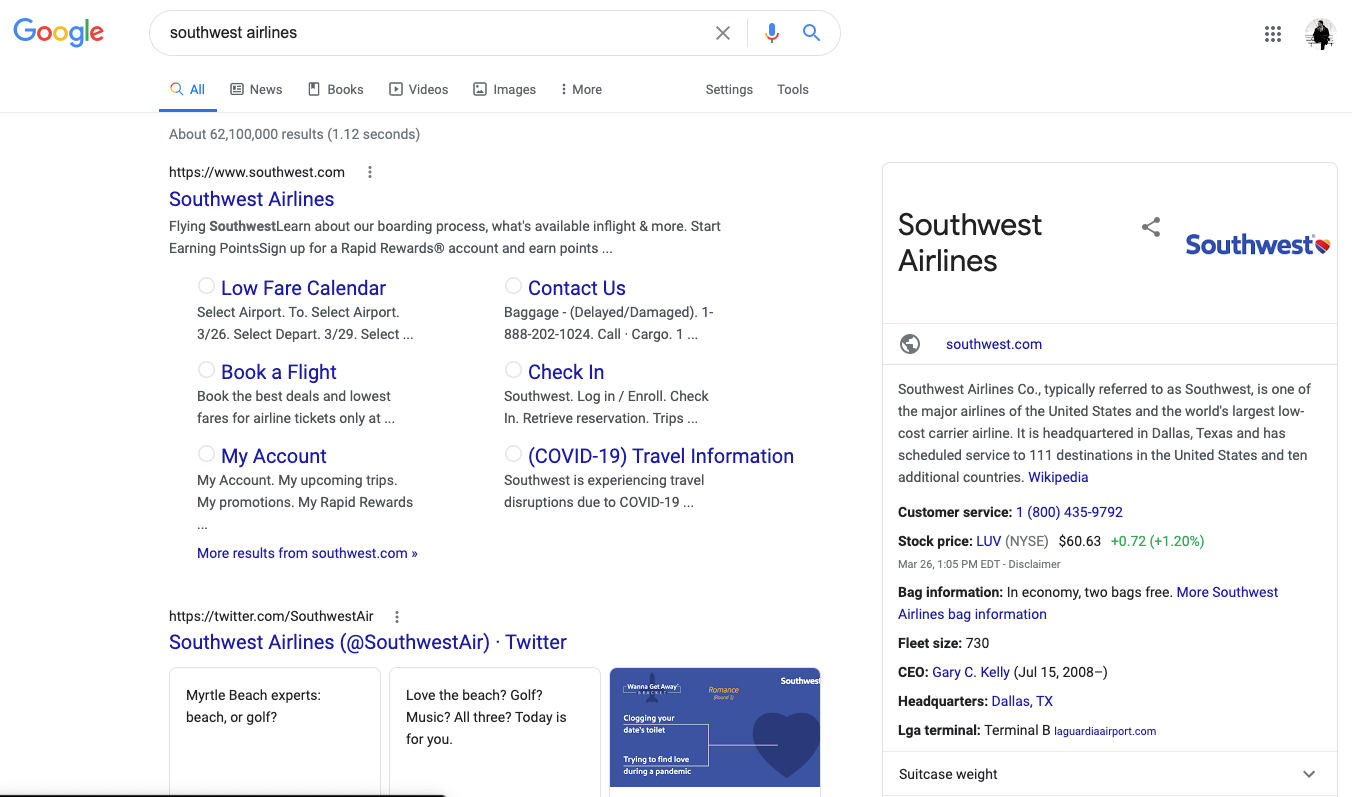
Eight SEO Best Practices
SEO Best Practices – Top 8 Search Engine Practices
Applying search engine optimization (SEO) best practices is critical to achieving success in marketing your business online. The following tips and tools will help you get your marketing program off on the right foot.
What Is SEO?
First, let’s have HubSpot, a leading provider of search engine optimization software, define the practice of search engine optimization.
Below are eight SEO best practices you can deploy to help boost the effectiveness of your marketing programs:
1. Select the Right Keywords or Search Terms
The Google Keyword Planner is a free tool you can use to research keywords and search terms that can help make your business more easily discoverable online. You can either enter keyword ideas or enter your website address (or the web addresses of your competitors), and the tool will provide suggestions. The tool provides you with the most important data you will need to determine which keywords you want to target, including average monthly searches, competition and an estimate on the cost per click.
2. Include Your Keywords in Your Content
Once you have identified the best keywords to target using Google Keyword Planner, you will need to find ways to incorporate them in your content. All applicable website pages should have your keywords included in the title tag, meta description, H1 and H2 header, body copy and alt tags. Adding your keywords everywhere will optimize their exposure with search crawlers and improve your organic results.
3. Metadata Remains Important
Every single page on your website should contain metadata in the form of page titles, meta descriptions and alt tags. The metadata sends search crawlers everything they need to scan your website and learn more about what you do. The metadata will also show up in search results, so you want to make sure you’re putting your best foot forward in the way you describe your organization.
Southwest Airlines does a great job promoting themselves in their description.
4. Register with Search Engine Platforms
Since the Google and Yahoo/Bing search engines account for over 95% of all search traffic, you’ll need to ensure that your website is crawlable and works properly with their algorithms. Neither platform provides in-depth details on how their algorithms work, but they do provide tools and direction on how to improve your website performance. All you need to do is register your site with their webmaster platforms and they will provide performance data, linking analysis, mobility usage and other useful information to improve performance.
- Google Search Console (formerly Google Webmaster)
- Bing Webmaster
5. Track and Improve Page Load Times
The amount of time it takes for pages to load when initially opened will greatly impact how your website performs with search engines. If a website takes more than three seconds to load, the page will receive a low score and not show up as often in organic search results. Slow page load times will also impact the visitor. If the page takes too long to load, the user may leave the website, causing bounce rates to increase.
Below are three tools you can use to measure site speed:
6. Inbound and Outbound Linking
Linking to and from your website is very important, and search engines use linking to help determine the credibility of your content. Maintaining high-quality, regularly published content is the key.
Outbound linking is fairly straightforward: Simply link to everything you can, including reference articles, videos, blog posts, business partners, other blogs and anything else that lends credibility to the content published on your page.
Inbound linking – or getting other websites to link to your content – is more difficult but can also be more rewarding in terms of the results. Inbound linking can be accomplished by sponsoring events, developing co-marketing campaigns, writing guest blog posts, getting quoted in articles, writing byline articles and more. The idea is to contribute to other firms’ content so they recognize you on their website.
7. Add Your Business Search Engine Business Tools
One of the main goals of search engines is to provide the best experience possible for users. To expand search results and improve user experience, Google and Bing introduced Google My Business and Bing Places for Business, respectively. These programs allow you to provide more detailed information about your business, including a description, mailing address, phone number and hours of operation. In addition, you will notice that on the right side of the page on Google, you can now find a map showing where a business is located. Google My Business and Bing Places also give users the ability to write reviews. All of this information is included in the search results.
8. Leverage a Great SEO Software
There are all sorts of great SEO tools out there that cater to large and small organizations. Each tool is reasonably priced (many are even free) and will provide suggestions or direct support to help maximize your search engine optimization needs. Here are a few tools you can use to create outbound links:
The key to success with SEO, or even search engine marketing (SEM), is understanding that building a strong online presence takes time. You need to continually publish quality content and engage with like-minded people on the web. If you are patient, determined, and follow the practices explained above, you will see great results over time.

